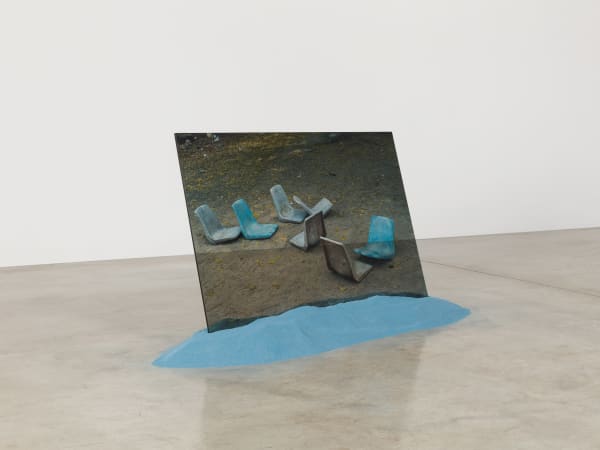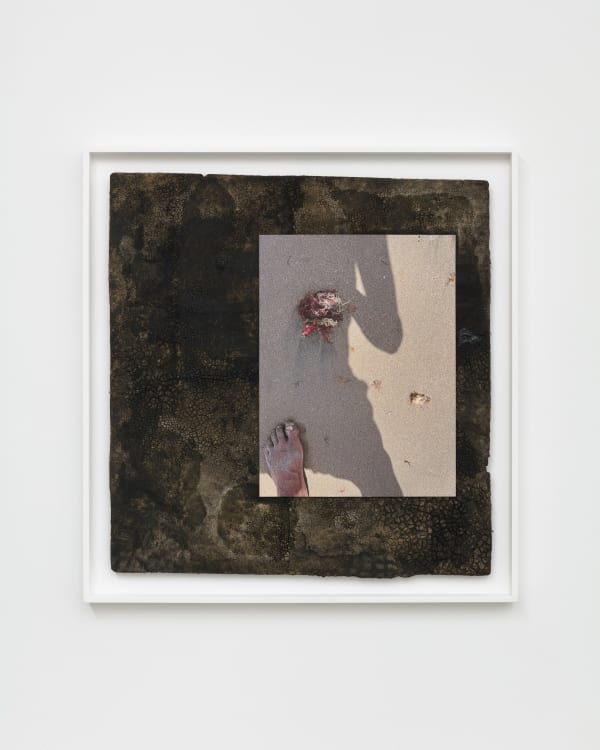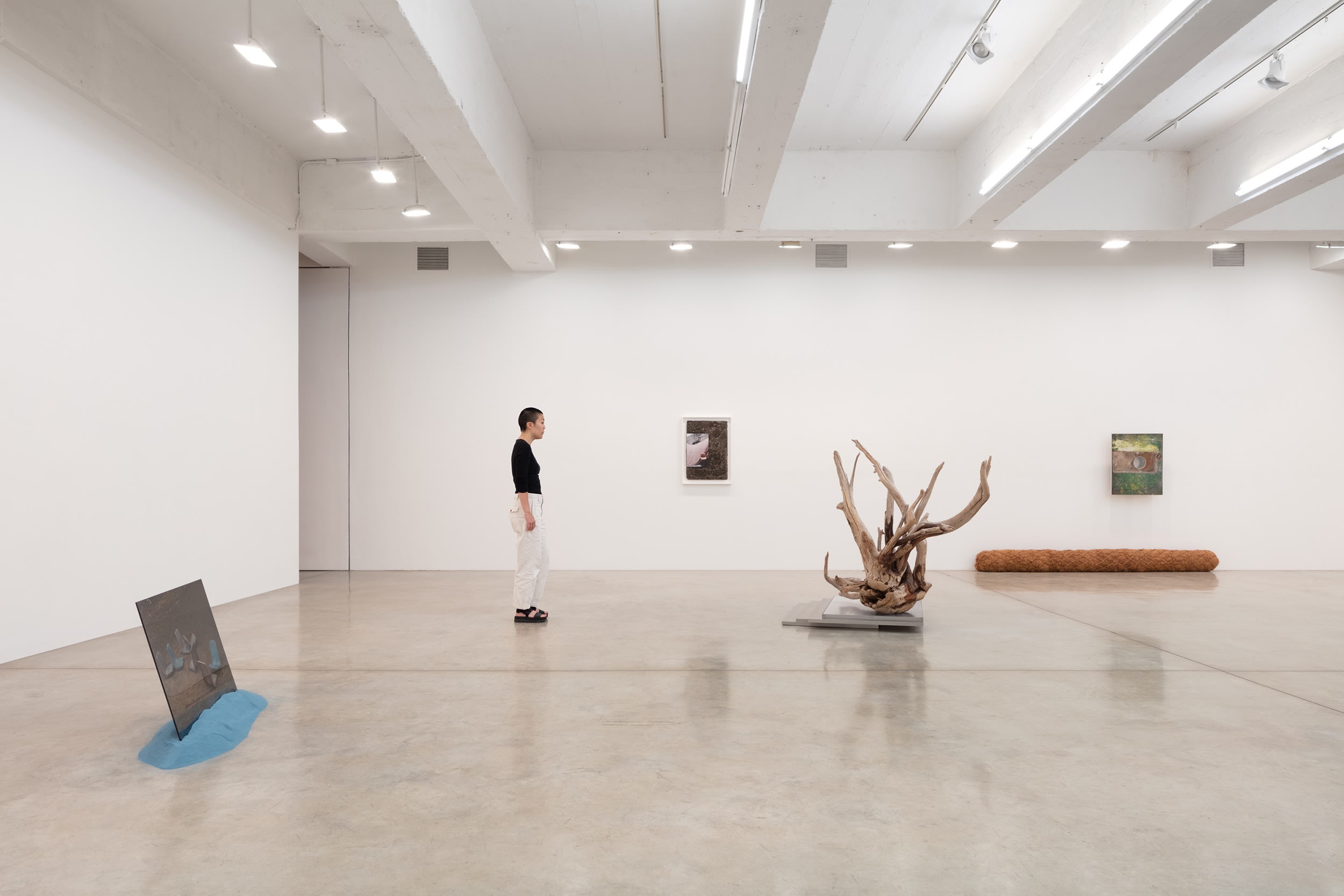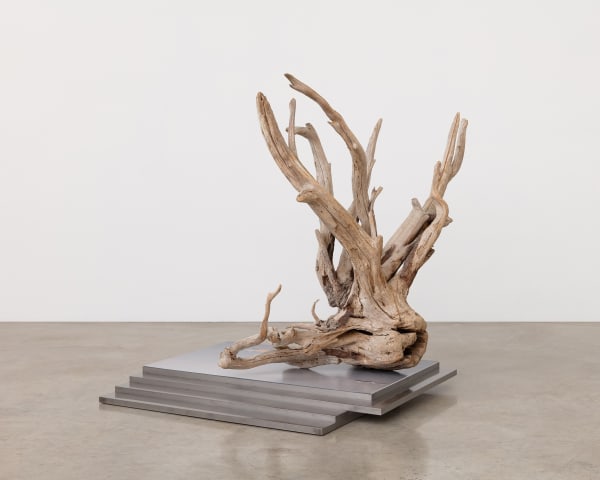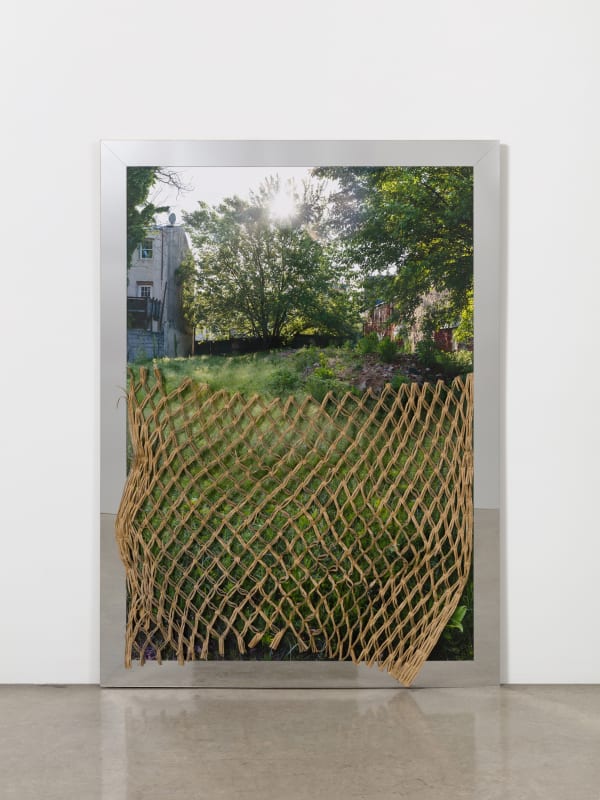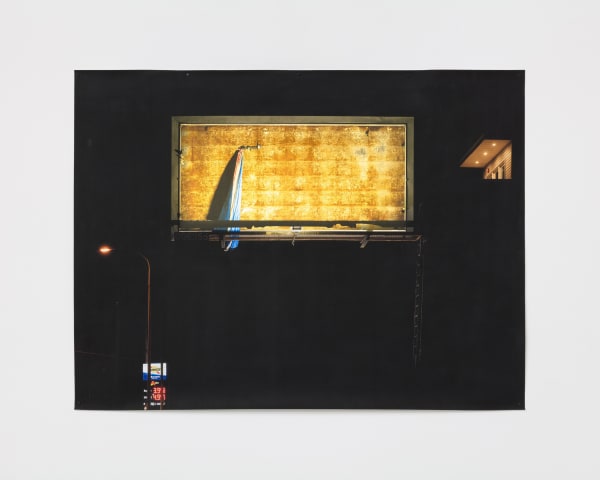-

-

-
-

-
Olivier recently completed a two-year residency at RAIR (Recycled Artist in Residency),* which was a major inspiration for How A Home Is Made. The residencyallowed her to continue her exploration of the processing and repurposing of materials, and to conjure new objects with reimagined functions, meanings and futures.
Born in Trinidad and Tobago in 1968, and raised in the United States, Olivier received an M.F.A from Cranbrook Academy of Art and a B.A. at Dartmouth College. She completed the RAIR (Recycled Artists in Residency) Fellowship Residency in 2023. She has been the recipient of the Rome Prize (2018), the New York Foundation for the Arts Award (2011), the William H. Johnson Prize (2010), the John Simon Guggenheim Memorial Foundation Fellowship (2007), the Joan Mitchell Foundation Award (2007), and the Louis Comfort Tiffany Foundation Biennial Award (2003).
Important solo exhibitions include Everything That’s Alive Moves at Institute of Contemporary Art in Philadelphia (2020), which traveled to University of Buffalo Art Gallery, and A Closer Look at Laumeier Sculpture Park in St. Louis (2007). The artist’s work was featured in the Busan Biennial, Korea (2006) and Gwangju Biennial, Korea (2008). Olivier’s work has also been included in notable group exhibitions at Documenta 15, Kassel (2022), ICA Boston Watershed (2022); Parrish Art Museum, NY (2022); Ulrich Museum of Art (2013); World Festival of Black Arts and Cultures in Dakar, Senegal (2010); Contemporary Arts Museum, Houston (2007); Whitney Museum of Art, NY (2006); Studio Museum in Harlem, NY (2005); MoMA P.S.1, NY (2005); Museum of Fine Arts, Houston (2004); SculptureCenter, NY (2004), and Mattress Factory (2006), among others.
Olivier has a long career of working in the realm of public art. In 2022, the artist unveiled a major permanent commission entitled Approach at the Newark Liberty International Airport. In 2018, a permanent commission at the University of Kentucky entitled Witness re-contextualized a fraught historical artwork on the university’s campus. The previous year, Olivier completed a large-scale commissioned work, The Battle is Joined, for Monument Lab and Mural Arts in historic Vernon Park, Philadelphia. In 2015, she created a site-specific work in New York City’s Central Park for the Creative Time exhibition Drifting in Daylight, as well as a permanent sculpture for Long Island City’s Hunter Point South Park entitled Tetherball Monument, sponsored by NYC’s Percent for Art program. An artist engaged with creating new models for public art and monuments, Olivier is currently completing two permanent memorials in Philadelphia: at Bethel Burying Ground, a nineteenth-century African American cemetery; and at Stenton House, in commemoration of a heroic eighteenth-century former slave named Dinah.
Karyn Olivier’s work can be found in the permanent collections of Museum of Fine Arts, Houston and The Studio Museum of Harlem.
*RAIR is a non-profit arts organization uniquely situated within a construction and demolition recycling center in Northeast Philadelphia. It offers artists studio space, support and access to more than 550 tons of materials per day. RAIR’s mission is to challenge the perception of waste culture by providing a unique platform for artists at the intersection of art and industry. RAIR’s fellowship was made possible by funding from the Andy Warhol foundation for the fine arts, the Virginia A. Groot foundation and a grant from the Edna W. Andrade Fund.

